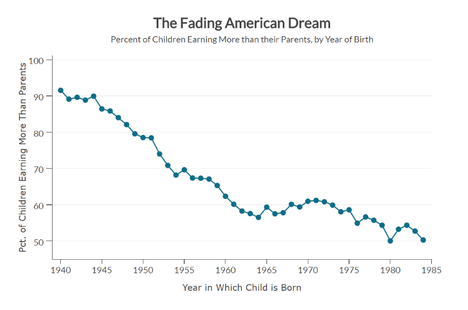(p. A2) The angst was on display this weekend at the annual conference of the American Economic Association, the profession’s largest gathering. The conference is a showcase for agenda-setting research, a giant job fair for the nation’s most promising young economists and, this year, the site of endless discussion about how to rebuild trust in the discipline.
Many academic economists have been champions of free trade and globalization, ideas under assault among rising populist movements in advanced economies around the world. The rise of President-elect Donald Trump, with his fierce rhetoric against elites, in particular, left many at this conference questioning their place in the world.
“The economic elite did many things to undermine their credibility while people’s economic fortunes were taking a turn for the worse,” said Steven Davis, an economist at the University of Chicago.
. . .
Stanford University’s John Taylor and Columbia’s Glenn Hubbard said Mr. Trump’s plans to simplify the tax and regulatory codes could indeed boost the economy’s growth. Both economists served in the past in the White House Council of Economic Advisers, long populated by academics who present at the AEA conference every January.
This year, academics are out in the cold. During the election The Wall Street Journal contacted every former member of the CEA, including those going back to President Richard Nixon. None had been tapped as an adviser to Mr. Trump’s campaign, nor did any publicly endorse him.
The president-elect is “not particularly interested in hearing from the academic economist club,” Mr. Davis said.
For the full story, see:
Josh Zumbrun. “Economists Grapple With Public Disdain.” The Wall Street Journal (Mon., Jan. 9, 2017): A2.
(Note: ellipsis added.)
(Note: the online version of the story has the date Jan. 8, 2017, and has the title “Top Economists Grapple With Public Disdain for Initiatives They Championed.”)


